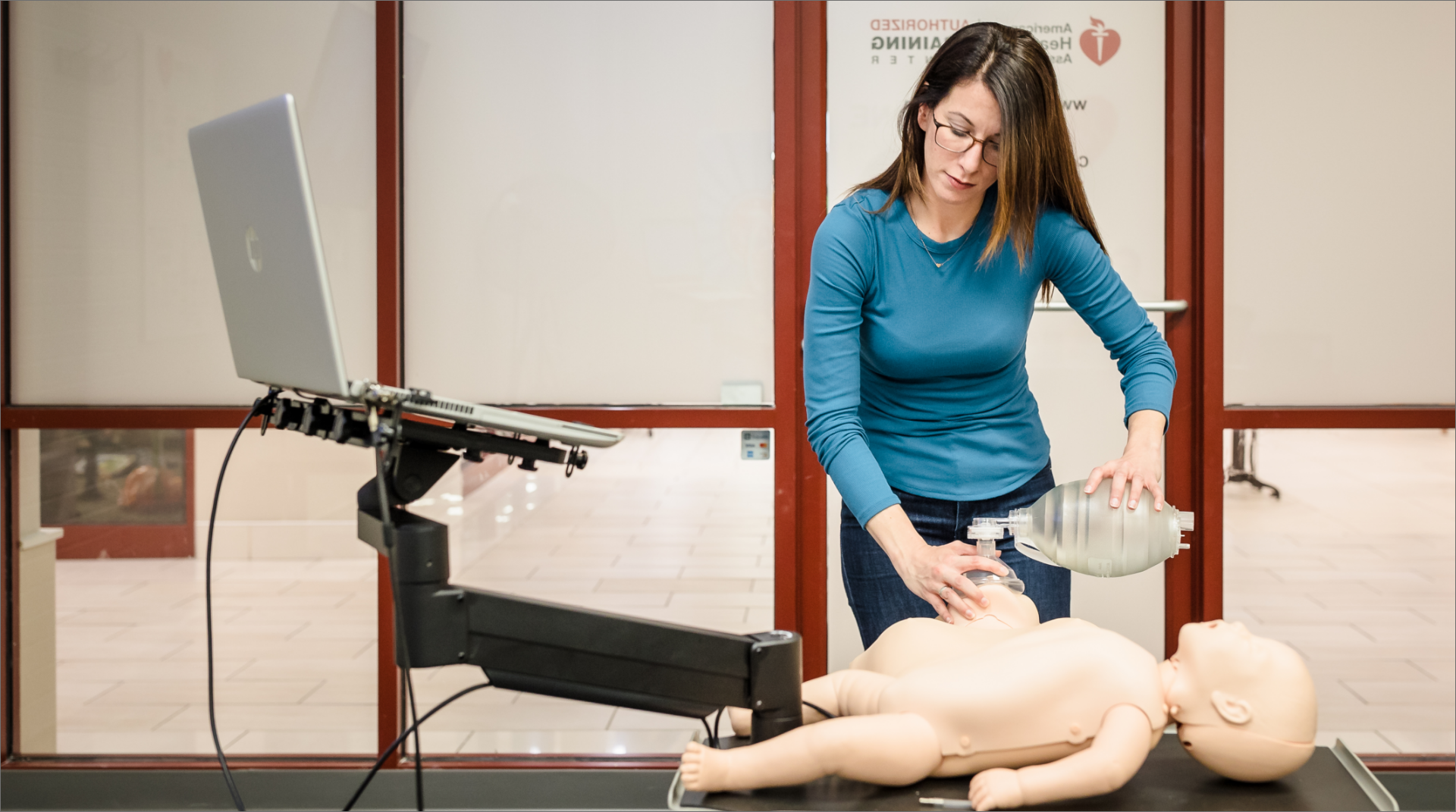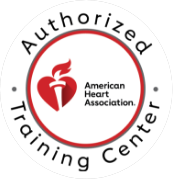

CPR Resource Center
The most comprehensive library of emergency training resources — including videos, articles, downloads, and more.


The most comprehensive library of emergency training resources — including videos, articles, downloads, and more.
PRESS RELEASE
For Immediate Release
CODE ONE TO PROVIDE FREE CPR LESSONS THIS SATURDAY
WEST ASHLEY - In recognition of National CPR and AED Awareness Week which kicks off on June 1, Charleston based Code One Training Solutions will be offering free HandsOnly CPR lessons on the West Ashley Greenway near the Charleston Tennis Center on Saturday, June 1 from 10am to 12pm. The public is welcome to drop-in during that time for a quick two minute lesson on this lifesaving technique.
More than 350,000 people experience an out-of-hospital cardiac arrest each year in which their heart ceases to pump blood. Only 10% of these cardiac arrest survive to hospital discharge. Half of the cardiac arrests reported to the Cardiac Arrest Registry to Enhance Survival (CARES) in 2017 were witnessed by bystanders but only 38% received bystander initiated CPR and only 11% had an AED applied.
While bystander inaction during a cardiac arrest will guarantee death, there are simple steps that bystanders can take to provide a decent chance of survival to the person experiencing this emergency.
Recognition
CPR training videos and Hollywood consistently make cardiac arrest appear the same way – a person is lying on the ground, usually face up, unconscious and not moving. In reality this is not usually the case.
A 2008 study published in Circulation found that 39% of studied patients in the greater Phoenix area had gasping or agonal breaths during the first minutes of cardiac arrest. These breaths can be easily mistaken for normal breathing by bystanders causing a delay in starting CPR.
If a person is not responding and is not breathing normally, call 911 and immediately begin handsonly CPR.
According to the American Heart Association, performing CPR on an unresponsive and apneic (not breathing) person who has a pulse is unlikely to cause harm and may elicit enough painful stimulus for them to become responsive. On the contrary, not performing CPR on someone who actually needs it is certain to result in death.
Call 911, Get the AED
Bystanders should call 911 immediately when they recognize a person is experiencing a medical emergency whether that be cardiac arrest or something else. Dispatchers are trained to gather information about the emergency so that they can send the appropriate resources and initiate bystander CPR if indicated.
If more than one bystander is present, calling 911 should be delegated to one particular person and the person advise them after that call has been completed. This ensures that the 911 system has been activated. Similarly another bystander can be assigned to retrieve the first aid kit and AED.
Performing HandsOnly CPR
Handsonly CPR is easy and provides a substantial chance of survival to the cardiac arrest victim.
Continue providing handsonly CPR until trained help arrives and takes over. If the person begins to breathe normally or have meaningful movement, stop chest compressions and watch them until help arrives. Be prepared to start chest compressions again if they stop breathing normally.
Public Access Defibrillation
An Automated External Defibrillator (AED) will provide a shock to correct an abnormal heart rhythm that the cardiac arrest victim may be experiencing. The AED will not shock a person who does not need it. It is important to retrieve the AED if there is one nearby. Many public places such as schools, airports, and government buildings have an AED available. Power the AED on and follow the voice instructions and illustrations to apply two pads to the victim’s chest. Once the pads have been applied, the AED will instruct everyone to stand clear while it checks the person’s heart rhythm and will advise the user to depress the shock button if indicated. CPR should be immediately resumed after a shock has been delivered or if the AED indicates that no shock is needed. The AED will recheck the victim every two minutes with similar instructions.
More information at https://code1web.com/charleston


Help Me Find a Course